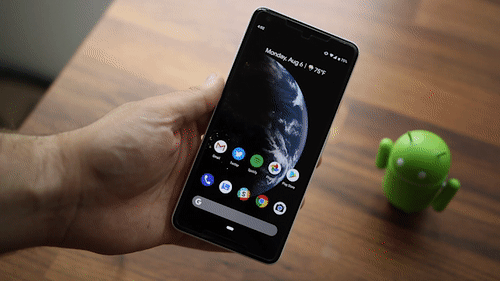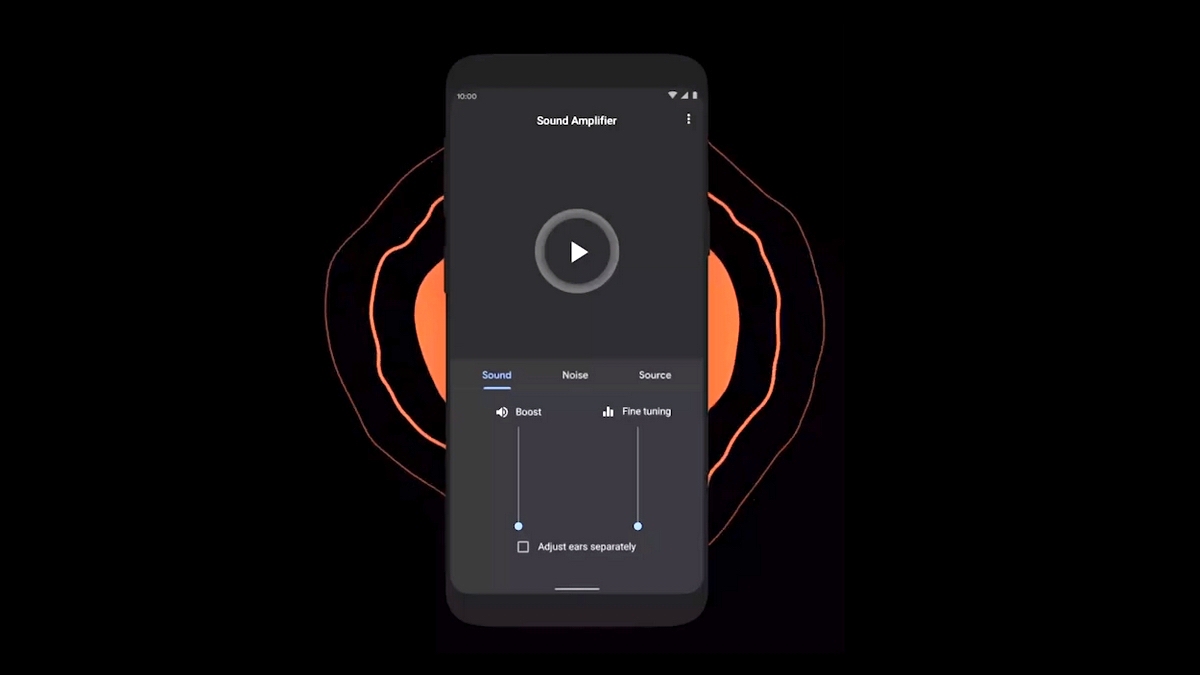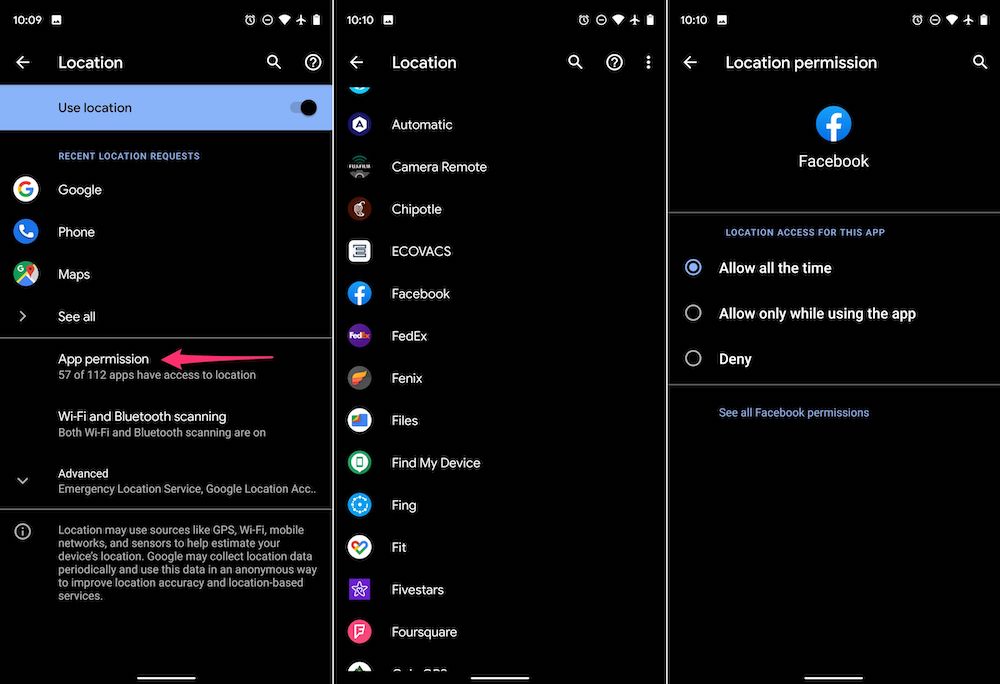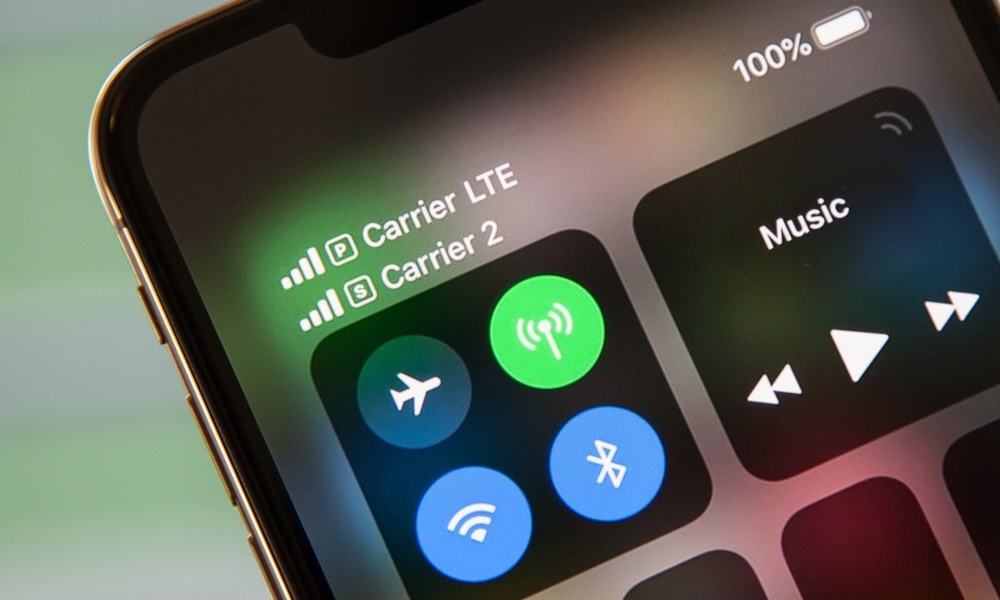5 Features That Android 10 Clearly ‘Borrowed’ from iOS
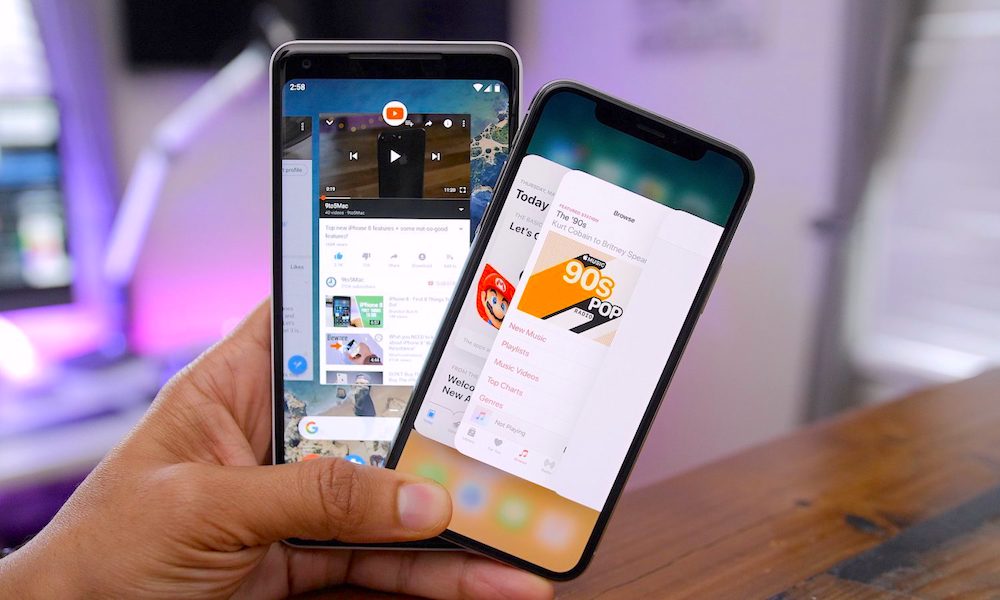 9to5Mac
9to5Mac
When it comes to the tech industry, it can seem like every major company spends quite a bit of their time copying other major companies. Nowhere is that more apparent than iOS and Android.
Google has always “borrowed” from Apple for its mobile operating system, including its recent Android 10 update. There’s nothing inherently wrong with that — Apple itself even shamelessly copies ideas it likes. Continue reading to learn more about 5 major features introduced in Android 10 that iOS had first.
Gesture Navigation
Google has apparently taken notice of that. While it still offers the traditional 3-button navigation, Android 10 introduces a new suite of navigation gestures that are very iPhone-esque. You can swipe on the bottom edge of the display to switch between apps and swipe toward the side edges to go back and forward.
The iPhone X and other devices without a Home button feature a radical new way of navigating the UI — gestures. And while it may take a bit of getting used to, the new gesture-based control system is actually incredibly simple and intuitive.
Wi-Fi Password Sharing
One of the best convenience features Apple has added to iOS is its Wi-Fi password sharing. Added in iOS 11, the feature allows users to easily share Wi-Fi login credentials with a guest or friend in close proximity. In fact, you don’t even need to look up or give the Wi-Fi password out.
While a fairly small feature, it was certainly a game-changer for many users. Android 10 now has a similar Wi-Fi password sharing feature. It’s the same general idea, but works a bit differently. Android 10’s Wi-Fi password feature requires scanning a QR code on the connected device.
Sound Amplifier & Audio Controls
Apple’s iOS 12 update introduced a new feature called Live Listen. It’s officially an Accessibility feature, but many users have taken to using it for spying. In Android 10, Google has basically just copied and pasted that idea with its new Sound Amplifier. The only difference is that the feature only works with 3.5mm to USB-C earphones.
As far as other audio-based features, Android 10 also added a new audio feature that lets users set the balance between the left and right audio channels. While it’s a fairly obscure setting, iPhones have long had a similar feature in the Accessibility menu.
Privacy Options
When it comes to smartphone privacy, Apple and its iOS platform has long been the gold standard. But Android 10 is catching up with a new suite of privacy-focused tools. That’s pretty clear evidence that Google is finally taking notice that users actually care quite a bit about their privacy.
For example, there’s a new Privacy section in Android 10’s Settings app that lets users keep track and revoke app permissions — including location tracking and Wi-FI or Bluetooth access. Those are features that have long been on iOS (or were recently added in iOS 13). It’s hard to focus on privacy without coming off as an Apple copycat, but the changes will be good news for Android users.
eSIM Support
Apple has long been a pioneer of eSIM technology. It first appeared in its iPads, but it's now available in the company’s latest iPhone devices. It allows users to easily set up cellular service without messing with a physical SIM card. Better yet, it also allows dual-SIM capabilities so you can have two numbers on a single device.
Google’s Pixel 2 also had an eSIM embedded within it, but its usage was restricted to Google’s Project Fi. The Mountain View tech giant has changed that in Android 10 with broader eSIM support. Android 10 users will now finally be able to take advantage of the eSIM in their Pixel devices to have multiple numbers without physical SIM cards.

